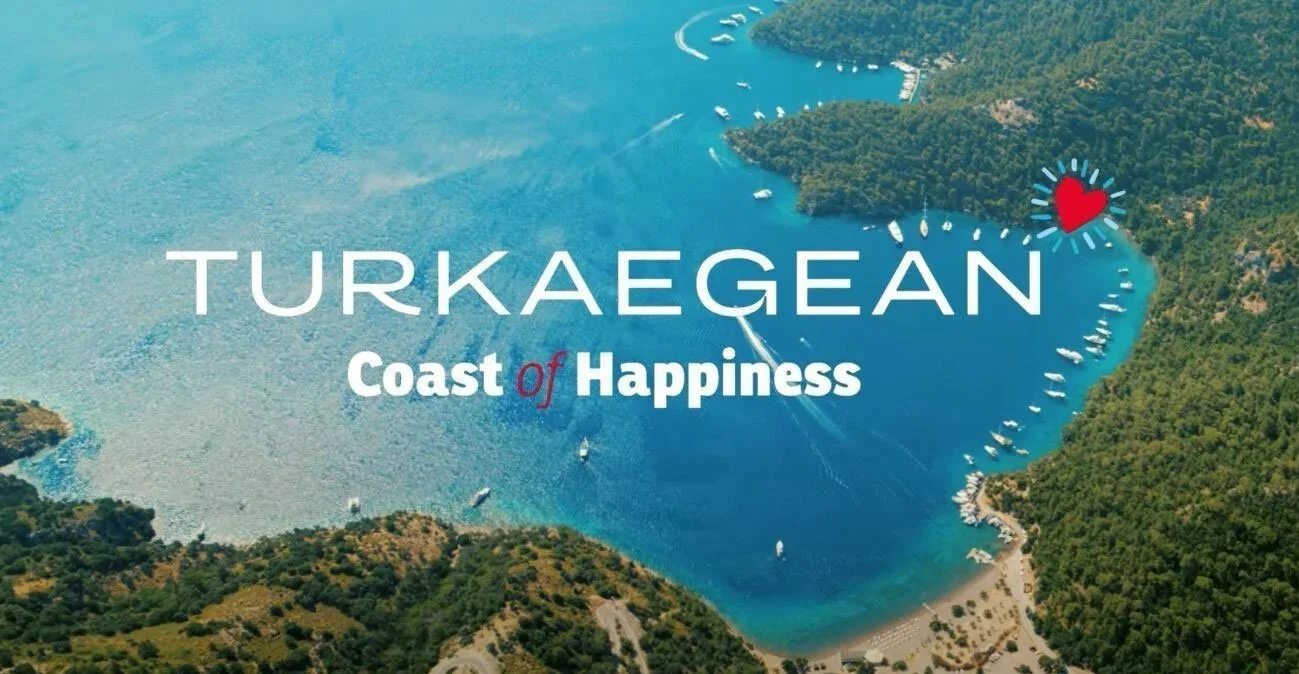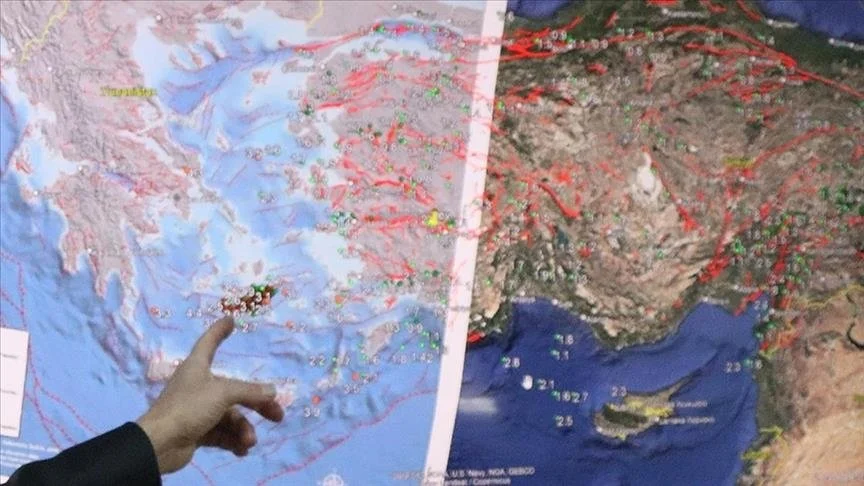The exact replica of the Delphic Envoy, one of the most famous statues of classical sculpture, now decorates the Hiaqatar Metro Central Station at Doha International Airport in Qatar.
The Charioteer of Delphi, also known as Heniokhos (Greek: Ηνίοχος, the rein-holder), is one of the best-known statues surviving from Ancient Greece, and is considered one of the finest examples of ancient bronze sculptures. The life-size (1.8m) statue of a chariot driver was found in 1896 at the Sanctuary of Apollo in Delphi. It is now in the Delphi Archaeological Museum. Polyzelos, the Tyrant of Gela, dedicated this statue to commemorate his victory at the chariot race during the Pythian Games of 470s BC.
The official opening ceremony of the exhibition of the copy of ‘Iniohos’ (greek: Ηνίοχος), which is a gift of the Greek Government in Qatar, took place yesterday morning. The unveiling of the statue was made by the Greek Minister of Culture and Sports Lina Mendoni, during her official visit to Qatar, and by the Director General of the Qatar Museums Authority, Ahmad Al-Namla.
Lina Mendoni referred to the story of Iniohos, to his discovery in 1896 - the year of the organization of the first modern Olympic Games in Athens - to his special features, to the emotions that are reflected on his face, to the fact that he is one of the rare statues, which preserves it’s eyes, made of semi-precious stone and glass, elements that make the Iniochos the most famous of the tributes to Apollo of Delphi.
The Minister of Culture and Sports Lina Mendoni was given a tour of the new National Museum of Qatar, which presents the history of the country from prehistoric times to the present day. The Museum, work of the French architect Jean Nouvel, is inspired by the crystals of the desert and exposes the history of the country, both with works of art and monuments, as well as with the use of multimedia.
She also visited the Museum of Islamic Art, work of the famous architect I.M. Pei, which hosts an exhibition unique in number and importance. It is noted that Greek conservators work also in this museum. Special mention was made of the existing collaboration between the Museum of Islamic Art and the Islamic Collection of the Benaki Museum in Greece, as well as of the prospect of co-organizing exhibitions of common interest in the future.















